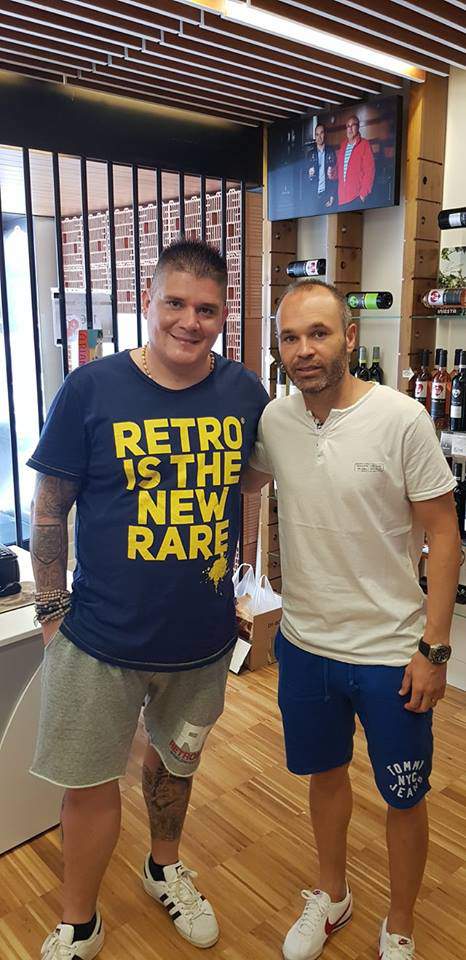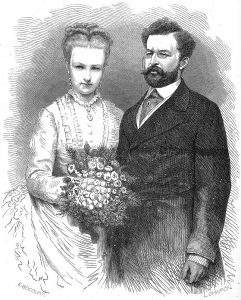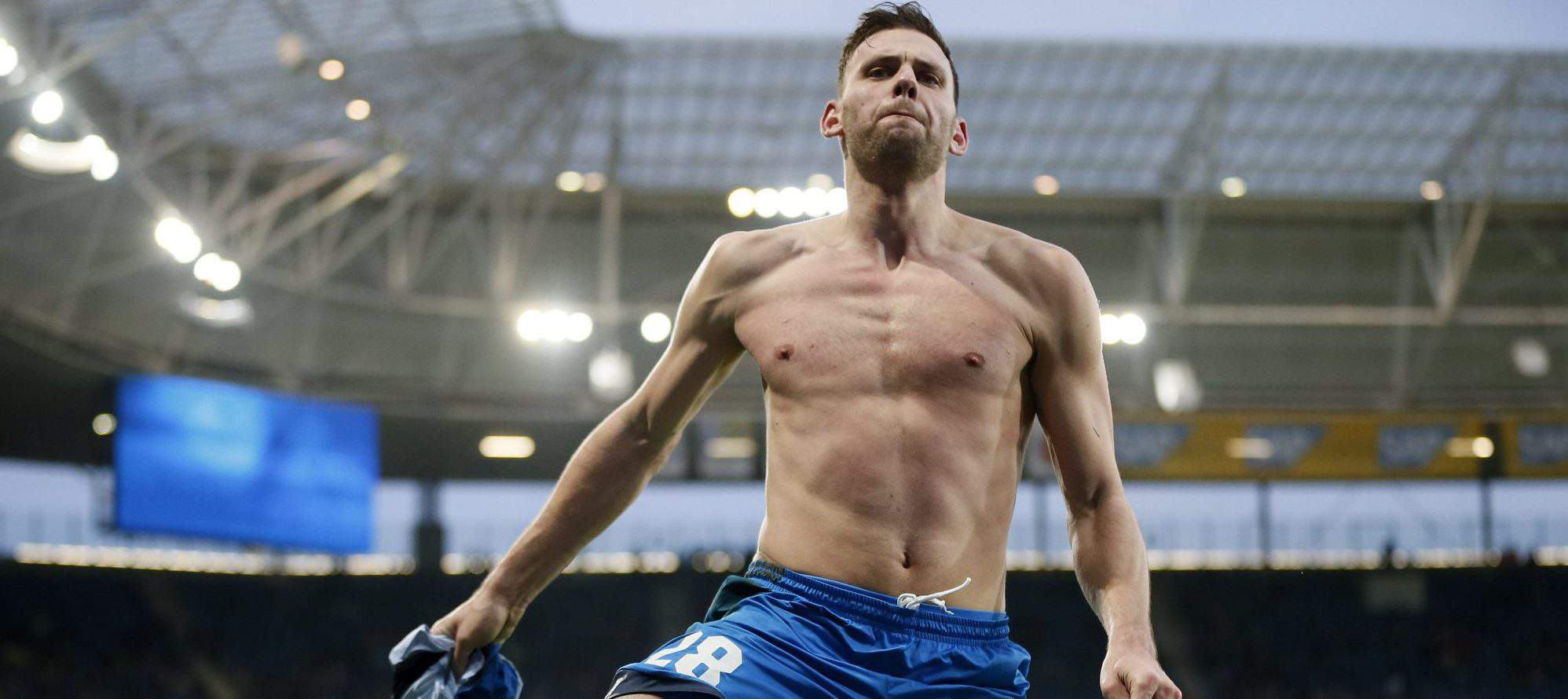Puskás was one of the greatest European footballers of all time! – We will never forget YOU!

Ferenc Puskás was the best Hungarian footballer, widely regarded as one of the greatest players of all time. He scored 84 goals in 85 international matches for Hungary, and 514 goals in 529 matches in the Hungarian and Spanish leagues. He had played just for two teams, Kispest Honvéd and Real Madrid.
Puskas.com remembers the biggest Hungarian football player:
„I loved football. I loved my family and I would always be on the pitch; nothing else interested me” – Puskás.
The most well-known and popular Hungarian person was born in Budapest on 1st April 1927.
Following the birth of their first child the family moved from the city to Kispest where the father Ferenc Puskás senior got a job and a contract to be a semi-professional footballer. Coincidentally Öcsi and his family lived next door to the local football pitch in one of the modest flats consisting of only a room and a kitchen.
One of the neighbours was the Bozsik family including József, the child who was a year and a half older than Öcsi and with whom he would be newsworthy the world over as members of the Honvéd club and Hungary national team. The local kids would play street football competitions against teams from neighbouring districts using a home-made football made of rags and the most talented young footballers such as the little Puskás would be recruited for the Kispest youth team, for the most part under the guidance of Puskás senior who was by then a coach at the club.
They loved the game so much that even during the time of the 2nd World War they would do everything they could to play football in the leagues connected with the main national youth association, even though the sport had been paralysed in most parts of the country. Öcsi had already made his full debut for Kispest in the national football league’s top tier (NBI) in 1943 and as soon as the war was over he received his first call-up for the Hungary national team’s first post-war international match.
At the age of 20-22 years old Puskás was already attracting the attention of star clubs from the West, but emotionally he was so close to Kispest that it never occurred to him to move abroad. Puskás stayed and in 1952 travelled to Helsinki with the national team; there, Hungary, captained by Puskás, won the Olympic football title.
The following year Hungary beat Italy to win the Dr Gerő Cup, the forerunner of the UEFA European Championship. Also in 1953, Hungary beat England in the ‘match of the century’ to become the first team from outside the British Isles to beat England at home.
The team won all its subsequent matches until the World Cup final the following year when it unexpectedly and extremely unluckily suffered defeat at the hands of West Germany, so Puskás was ‘only’ presented with a silver medal from the FIFA President rather than the World Cup itself. In 1950 Ferenc Puskás married his wife, the-then 18-year-old Erzsébet Hunyadvári, and in 1952 their only child Anikó was born in Budapest, before they all left Hungary in 1956.
Meanwhile the national team under Puskás’ captaincy recovered from the World Cup final loss and embarked on another successful run. The 1956 uprising changed everything though; when Öcsi and the rest of his Honvéd teammates left the country at the end of that November, they could not have thought that some of them would not return home for several decades.
The quashing of the uprising and the inflexibility of those leading domestic sport, as well as the temptation of the opportunities in the West, led several stars of the ‘Magical Magyars’ to make a difficult decision; to not return home but instead try their luck abroad. Ferenc Puskás weathered the period of his FIFA ban in Vienna and Italy while his family members had to deal with a dangerous escape and disappointments during this uncertain period, so it was to nearly everyone’s surprise when he received a contract offer from Real Madrid, the best team of the time.
At the age of 31 he again strained every sinew; he lost 18 kilograms in weight and despite the initial difficulties, came to earn a place for himself in a Real Madrid team full of world stars. It is almost unbelievable that for ten more years he was able to stay as a world-class superstar in Europe’s most successful club.
Due to the political dogma of the time he was not able to continue performing for the Hungary national team, but even today his statistic of 84 goals in 85 matches is still a world record.
Puskás’ incredible goalscoring records were followed by newer feats even harder to eclipse; in the 1960 and 1962 European Cup finals he scored four and three goals respectively and after finishing top goalscorer four times in Hungarian league seasons he managed the feat four times in Spain too, achievements which led to him being recognised as the greatest goalscorer of all time, a record that still stands today.
From being Öcsi, ‘Panchóva’ became a favourite as a coach as he travelled the world; he worked on every continent, players everywhere adored him and he never needed an introduction. He achieved his biggest success as coach of Panathinaikos when he took the-then almost amateur team to the final of the 1971 European Cup where they were only defeated by the outstanding team of the period, Ajax Amsterdam. At the end of his career he returned home to a democratised Hungary, being afforded a measure of moral satisfaction by way of being appointed the Hungary national team interim head coach for four matches before going on to represent the Hungarian Football Federation and the Hungarian government as a leader and member of various international delegations.
His health deteriorated soon after though, due to a particular strain of the Alzheimers disease which led to him living permanently in a hospital from the year 2000. Foreign celebrities queued up to visit him and everyone did everything they could to give him the best care possible, but of course no one foresook as much as his wife did to care for him, visiting him and sitting by his side as she did every day for years, thereby giving up on periodically flying to Spain to visit their grandchildren and great-grandchildren. Real Madrid also visited Budapest to participate in a gala match and show their respect and love for their club icon.
Ferenc Puskás, the ‘National Sportsman’ who was the symbol of Hungarianness in the twentieth century, left us on 17th November 2006 to – as he himself put it – join up with the other national-team members up there.
For the benefit of the legendary Imre Schlosser, he would even be prepared to move out to the left wing position, he had once joked in a statement of his. It is more likely, however, that the others would not let this happen. Puskás would wear the number 10 shirt there too and the captain’s armband because he is Hungary’s eternal captain… and the favourite of the world’s football lovers.



































